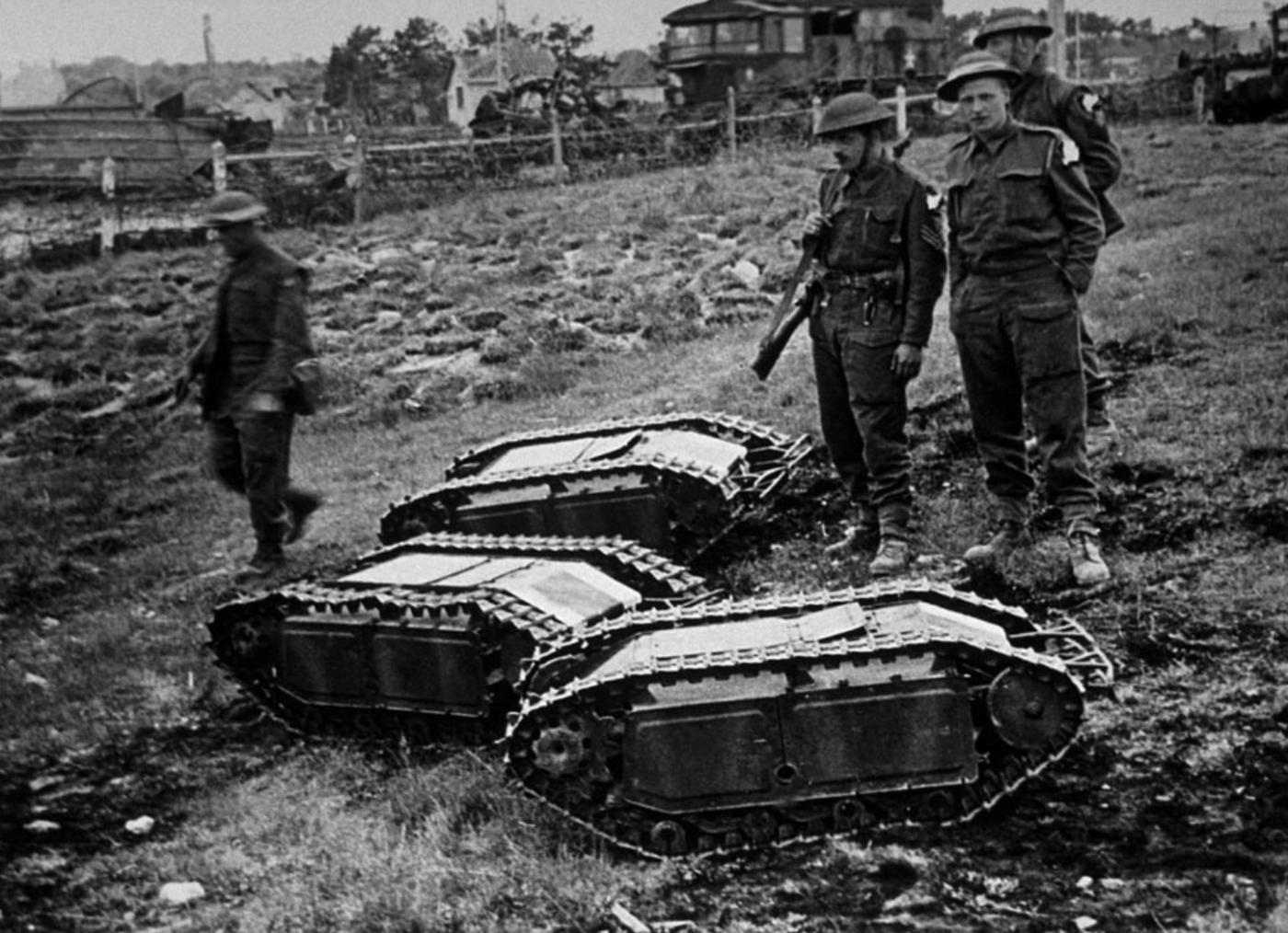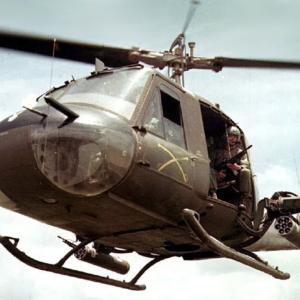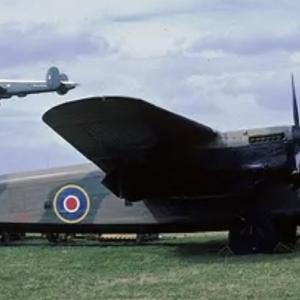
Goliath tracked mines
The Goliath tracked mine, officially designated Leichter Ladungsträger Goliath (Sd.Kfz. 302 and 303), was a small, remote-controlled demolition vehicle developed by Nazi Germany during World War II. Designed to deliver explosives to enemy positions, armored vehicles, or fortified structures, it was among the earliest attempts to use remote-controlled technology on the battlefield. While innovative, it proved to have limited success in actual combat.
The idea for the Goliath originated from a French prototype discovered after the German invasion of France in 1940. The prototype was developed by French engineer Adolphe Kégresse, and the Germans saw military potential in it. The Borgward company, based in Bremen, was tasked with developing and producing the German version.
Two primary models were built. The Sd.Kfz. 302 used twin electric motors, had a range of about 650 meters, and could carry a 60 kg explosive charge. However, it was expensive and complex to produce due to its battery-powered design. To address these issues, the Sd.Kfz. 303 was introduced, using a small gasoline engine that extended the operational range to about 1.5 kilometers. This model came in two sub-variants: the 303a and the more powerful 303b, which could carry up to 100 kg of explosives.
Operators controlled the Goliath using a joystick connected via a triple-strand cable that unspooled behind the vehicle. This cable transmitted both control signals and power, allowing an operator to steer the Goliath toward a target and detonate the payload remotely.
Goliaths were deployed from 1942 onward in various combat zones. They were intended for use against tanks, enemy fortifications, bridges, and infantry positions. However, in practice, they suffered from several critical flaws. The thin armor, only 5 to 10 mm thick, offered little protection against small arms or shrapnel. The exposed cable could be easily cut or destroyed by gunfire, debris, or explosions, making the vehicle useless once contact was lost. The low ground clearance made it prone to getting stuck in rough terrain, and their high cost further limited their widespread effectiveness as expendable devices.
During the Allied invasion of Normandy on June 6, 1944, and the ensuing campaign, German forces used Goliaths in attempts to disrupt the advancing troops. They were deployed along the Atlantic Wall and used in urban and rural fighting as the Allies pushed inland from the beaches. At landing zones such as Omaha and Gold Beach, Goliaths were sent out against Allied tanks and infantry. However, they were largely ineffective in this role. Many became bogged down in the soft sand or were destroyed before reaching their targets. Allied soldiers often spotted them and neutralized them with gunfire or artillery. The vulnerable control cable was again a major weakness, often severed before the explosive payload could be delivered.
Despite these operational challenges, Goliaths remained in limited use throughout the war. German engineers occasionally used them for sabotage or demolitions in more controlled settings, particularly in urban environments or against static defenses. Their actual battlefield impact was minimal, especially in high-mobility operations like those in France in 1944.
While the Goliath was not a decisive weapon, it played a pioneering role in the history of unmanned ground vehicles. Its concept of remote-controlled demolition foreshadowed later military innovations. After the war, captured Goliaths were studied by Allied engineers, influencing the development of future robotic systems. Today, surviving examples are displayed in museums across Europe, serving as reminders of both early military robotics and the technological ambition of wartime Germany.










